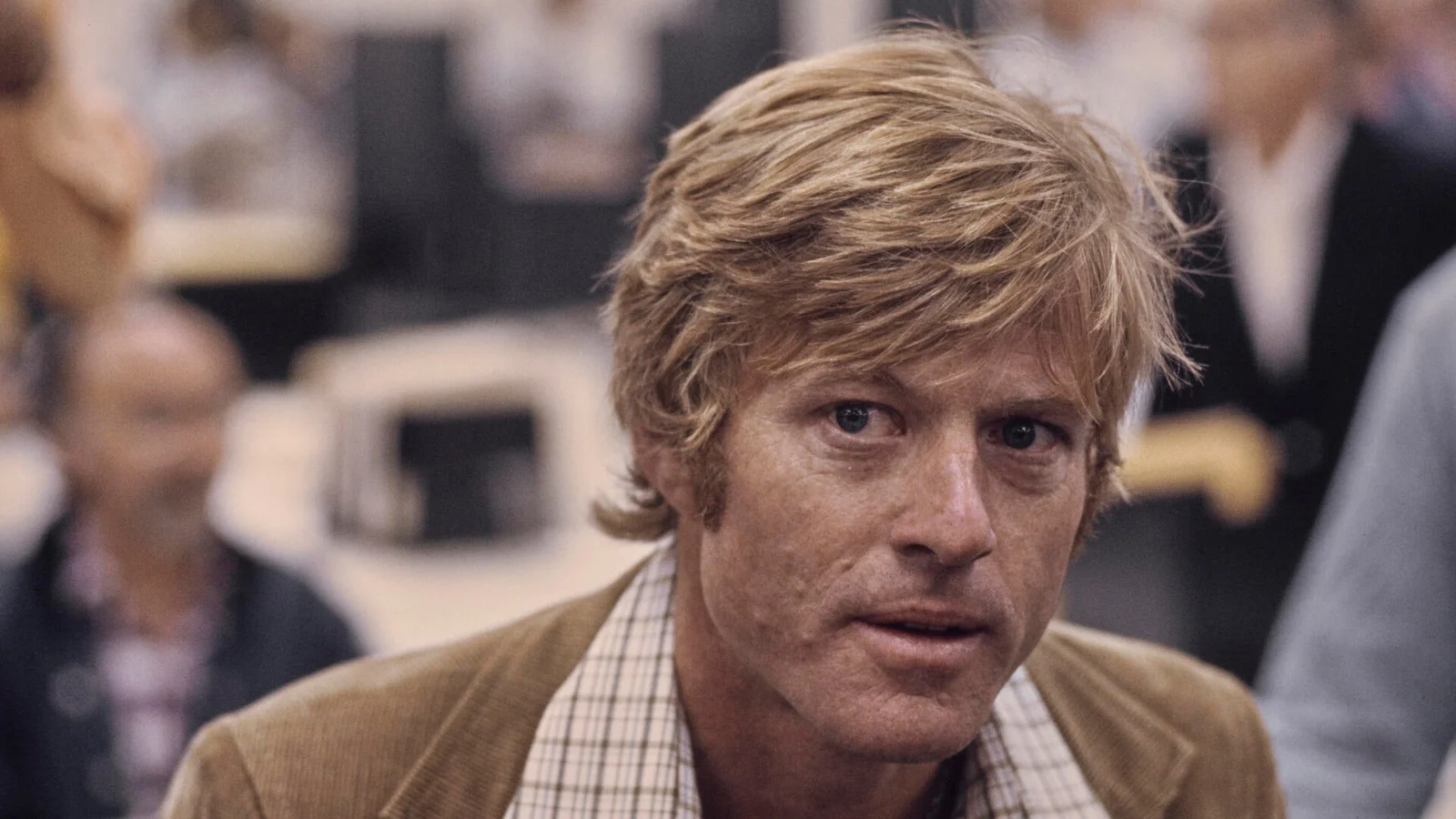Robert Redford is widely recognized for his distinguished film career, but few remember his notable contributions to television, including a particularly remarkable episode of the original The Twilight Zone. Before achieving international fame, Redford explored a variety of roles on TV, appearing in series such as Maverick and Perry Mason. His acting journey began in 1960, setting the stage for a career that would span many genres, especially Westerns and drama.
Among his early TV appearances were three episodes of Alfred Hitchcock Presents, later renamed The Alfred Hitchcock Hour. In 1963, Redford delivered a memorable performance in an episode of The Twilight Zone titled Nothing in the Dark, directed by Lamont Johnson and written by George Clayton Johnson. This episode stands out for its intimate cast, featuring Gladys Cooper and R. G. Armstrong alongside Redford.
The Poignant Story Behind Robert Redford’s Twilight Zone Episode
Nothing in the Dark is a story centered on Wanda Dunn, portrayed by Gladys Cooper, an elderly woman who resides alone in a basement apartment within an abandoned tenement. Consumed by fear after witnessing a personified version of Death claiming a life, Wanda refuses to leave her home, hoping to evade the inevitable. Her solitude is disrupted one day when a young police officer named Harold Beldon, played by Robert Redford, is shot during an altercation outside and seeks refuge at her door.

Reluctantly opening her door after confirming he poses no mortal threat, Wanda invites Harold inside. As the two characters connect, Wanda shares her deep fears about death. The situation grows more urgent when a contractor arrives, informing Wanda that the building is scheduled for demolition, forcing her to leave her sanctuary. Unlike many other episodes, this installment leans more into fantasy and drama than science fiction or horror, addressing universal anxieties surrounding mortality.
Redford’s episode is often overlooked but remains one of the most affecting in the series, with its emotional depth making it particularly resonate with viewers. The story culminates in a twist that is both heart-wrenching and comforting, underscoring the episode’s exploration of fear and acceptance.
Robert Redford’s Performance Demonstrates His Range in a Compact Role
Even in the limited timeframe of approximately 25 minutes, Robert Redford’s performance captures a remarkable range of emotions. Playing Harold Beldon, his portrayal combines vulnerability and warmth, highlighting his natural appeal and deft acting skills. The episode showcases his ability to communicate both helplessness and hope, which are key to the narrative’s emotional impact.
The chemistry between Redford and Cooper enriches the story, as their interactions ground the extraordinary elements in genuine human connection. This episode stands as a clear example of how Redford’s talents required neither elaborate production nor extensive screen time to leave a lasting impression.
Why “Nothing in the Dark” Remains Essential Viewing
Nothing in the Dark is a must-watch for fans of The Twilight Zone and those interested in Robert Redford’s career. It is one of the timeless episodes that remains powerful even when rewatched, due in large part to its emotionally charged conclusion. The themes of fear, loneliness, and the inevitability of death address common human experiences in a thoughtful way that resonates deeply with audiences.
This episode not only ranks among the best of the classic series but also highlights one of Redford’s finest television performances, often forgotten despite its lasting impact. Its sensitive handling of difficult subjects makes it valuable viewing for anyone who appreciates meaningful storytelling.
Behind the Scenes: Key Contributors to the Episode’s Impact
Nothing in the Dark was created under the creative vision of Rod Serling, the host and creator of The Twilight Zone. The episode benefits from George Clayton Johnson’s skillful writing and Lamont Johnson’s direction, which together shape the intimate, suspenseful atmosphere. Alongside Robert Redford, the episode features Gladys Cooper as Wanda Dunn and R. G. Armstrong in a supporting role, all contributing to the episode’s emotional resonance.
These elements combine to make Nothing in the Dark not only a highlight of Redford’s early work but also a standout story within the anthology, capable of touching viewers across generations.
